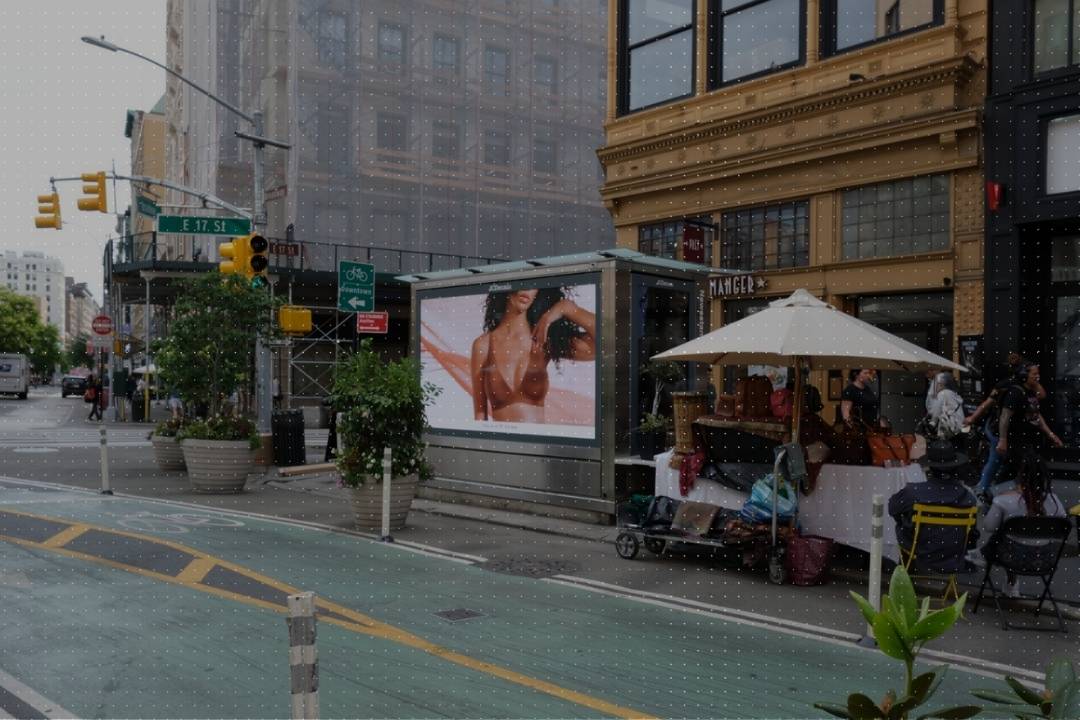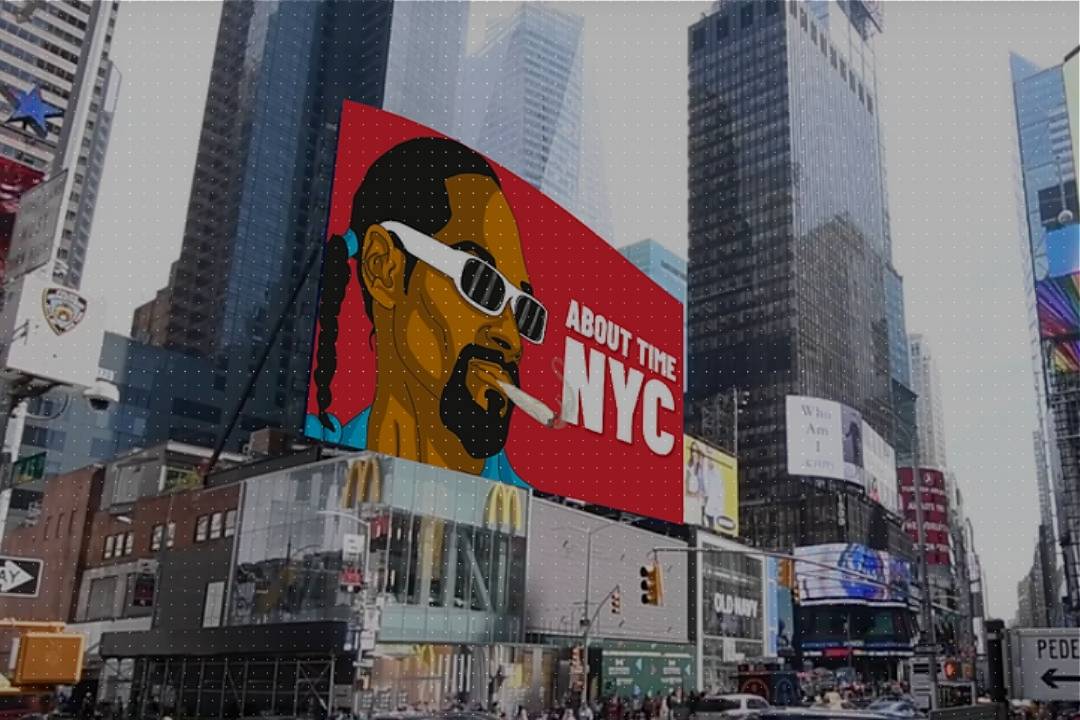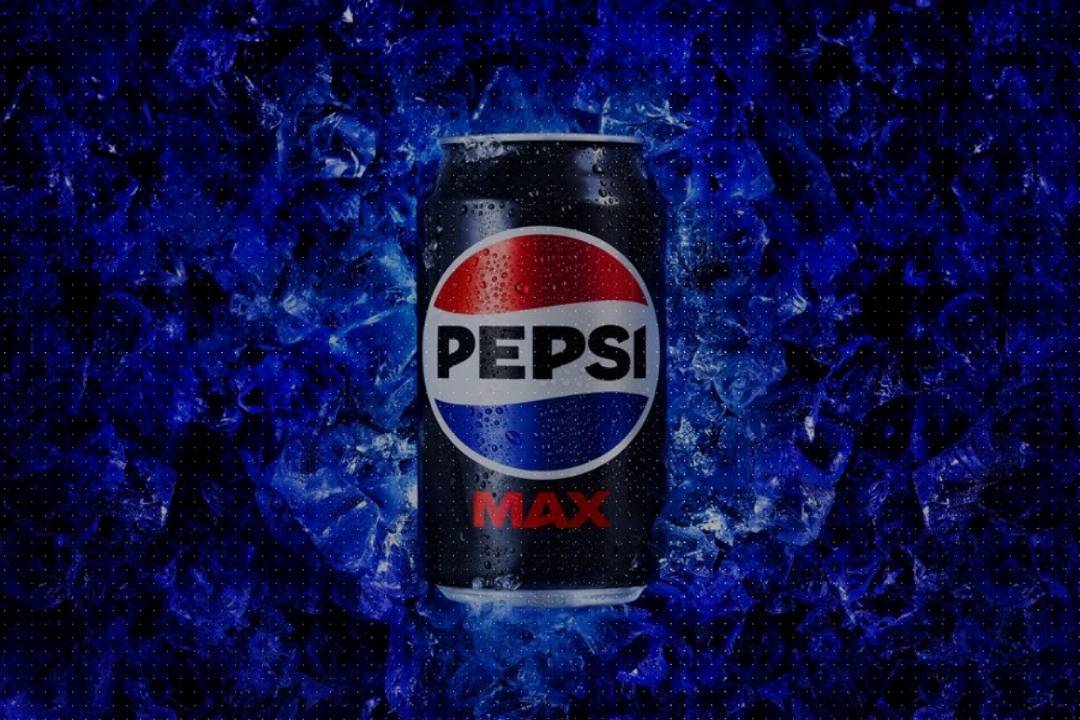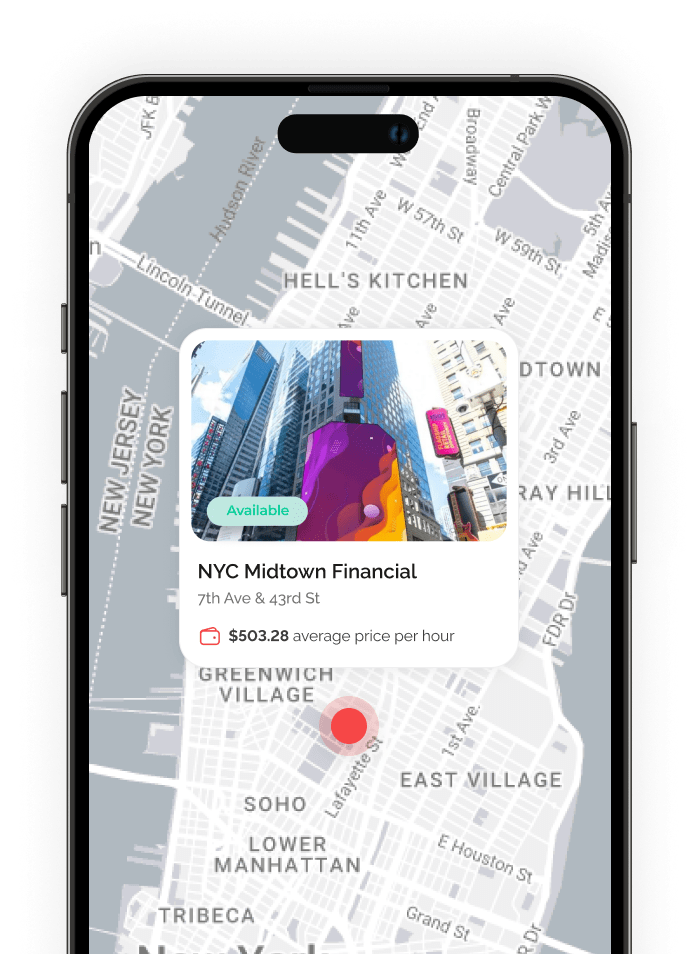Digital billboards: how do they fit your strategy, what’s the cost and how should you use them?
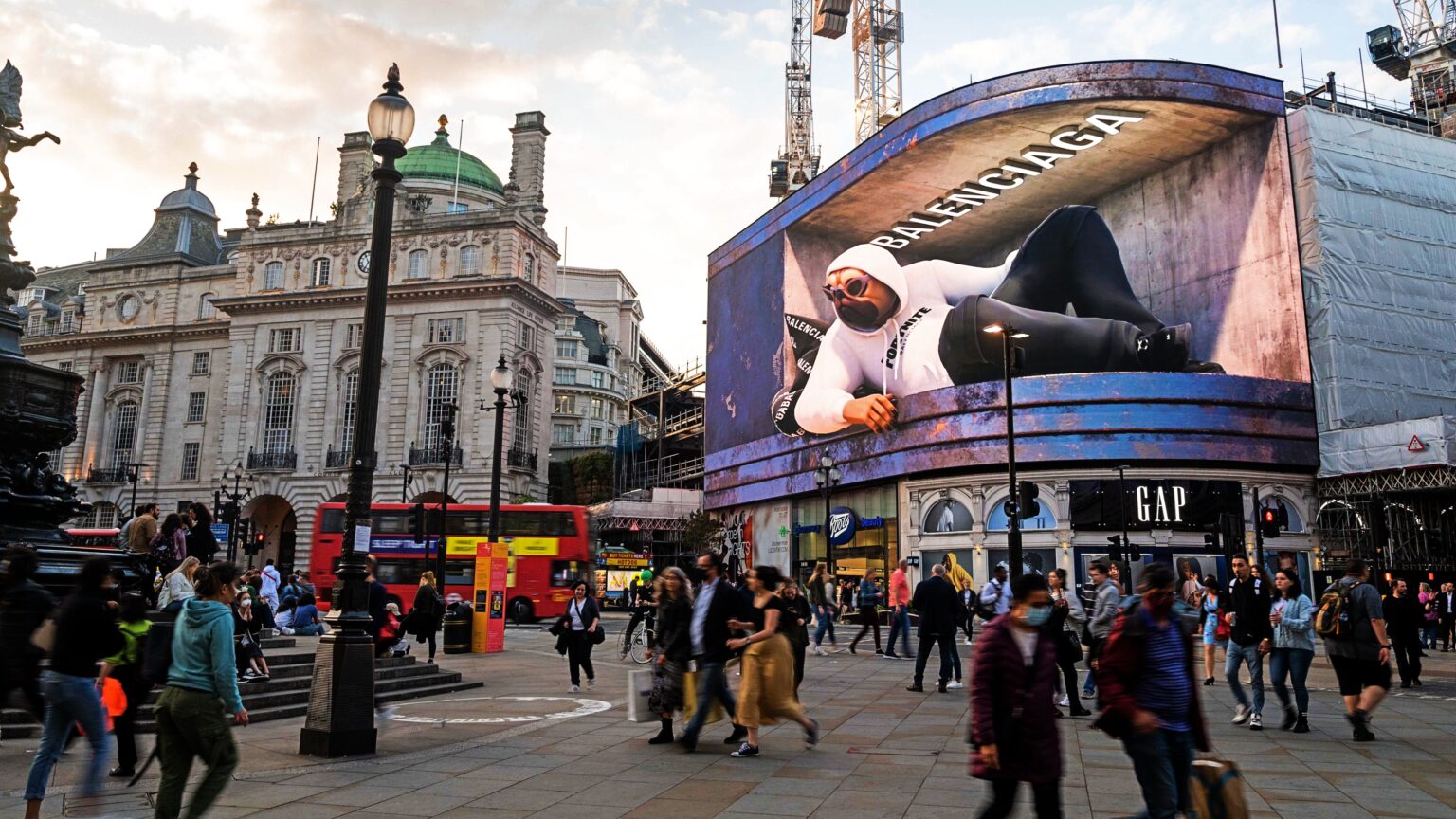
Billboards? Aren’t those like 90s marketing? Not really! Billboards are alive and well, especially when we’re talking digital billboards.
If we are seeing an incremental decrease in the traditional outdoor print advertising market, digital billboards are hotter than ever before. With predictions showing that digital outdoor advertising will be half of the total revenue of outdoor advertising in the U.S.A, in 2021, in other parts of the world, like Asia, digital billboards have long surpassed traditional outdoor media.
But isn’t digital marketing already putting dents into outdoor media?
You might be surprised to learn that digital channels are getting overcrowded nowadays and people are turning their attention away from their smartphones and computers. With all the push notifications, Facebook & Google ads constantly bombarding the digital experience of users, people are starting to look outward from their screens and into the real world.
How do digital billboards fit
In the old order, billboards and digital billboards were a thing for big brands only. Huge media & creative budgets meant that big brands & the agencies behind them would show off their creative muscles in front of the crowds, trying to catch the eyes of those who passed by.
Oftentimes, digital billboards fit into marketing strategies as part of the branding efforts. They’re not really the channel that you would do performance marketing on since you don’t have a “shop” button readily available to click onto. As such, big brands would use them to create awareness and engage with the audience in hopes of getting them brand-hooked in order to make a purchase.
Of course, you can also display sales-ready messages like offers “buy one, get one free” but that is something that you will most likely see on the static ones, where the visuals don’t actually change.
But all this stuff is just for the big brands. How can any SME or startup hope to leverage that kind of power on a short budget?
Well, we said that was the “old-order” of things. Nowadays, technology is coming to make this media channel accessible to all. Our own tool, Blindspot, offers anyone the possibility to put their content onto digital billboards at a fraction of the cost by allowing them to do hourly buying.
Wait, what?
The cost of billboards
In the world of digital billboards, the prices vary quite a bit, depending on a few factors. The city (if it’s a prime location or not, like New York vs. Montana), the size of the screen, and the location in the city (Times Square vs. Brooklyn), will all influence the price of buying media.
The old order of media buying would dictate that in order to put your content up on a billboard, you’d have to pay a price per ad/per billboard/month which can get up to even $4000/month in a prime location like N.Y. It’s no wonder that only big brands could afford billboards, leaving the rest out of the game.
Even though there are smaller, more accessible screens, the main problem was in the way the media buying was done. Forcing brands to buy in bulk would mean that they would have to spend big budgets in order to get their content up onto the big screens.
*Until now!*
The new order doesn’t care about bulk buying, it cares about making digital billboards accessible to everyone, even to those with the smallest of budgets. We’ve told you about our Blindspot tool and how it allows you to do hourly buying. We didn’t tell you anything about the prices!
Common, how low can they be? We’re still talking about digital billboards here…
How about a few hundreds of dollars per hour in Times Square low?
You’re actually joking, right?
We’re all about the occasional laugh and a giggle here and there but when we’re talking about our tech, we’re dead serious.
In fact, you can go ahead right now and create a free account to check the awesome screens that are waiting for your content.
How to best make use of billboards
In the old order of media buying, big brands would just pour in some budget juice to have their content displayed randomly throughout the day on a big screen in hopes of getting attention.
While that may have been working well for branding purposes, you would get little in terms of performance marketing ROI from it – there is no way to actually measure it and know-how or if any of that works.
Yeah but you’re doing some awesome branding with it. Everyone likes that shiny Nike ad on that big, glowing LED screen in Times square.
True, people dig that. But there’s more to digital billboards than just doing awesome branding with them.
What if we told you that you could boost your performance marketing efforts with a strategic hourly buying play?
Say what?
Let’s say you have a coffee shop downtown and you want to pump those sales up a bit. You would normally go onto Facebook or Google Ads to put up some kind of special offer, and that would bring in customers but you’d run the risk of getting capped on that channel at some point.
Let’s say that synchronously with your performance marketing efforts you start buying some hourly slots in the morning when people are commuting to work. With the right type of content and messaging you can see your performance campaigns get as much as 2x increase, visibly spiking your sales on location.
For real?
Yes REAL!
We’ve had clients that managed to do just that, by complementing their geo-targeted performance campaigns with tactical content being displayed at key hours when their audience would be walking past the digital billboards in that area. Pretty ingenious stuff, ‘aight?
Billboards for everyone
Billboards are no longer the avenue of big brands with big media budgets. The old-billboard-order is getting replaced by a new model of media buying where digital billboards are being made available to all that want to advertise up there, regardless of what media budgets they may have.
If you’re considering advertising on digital billboards for the price of a dinner for two, then come visit us on www.seeblindspot.com
